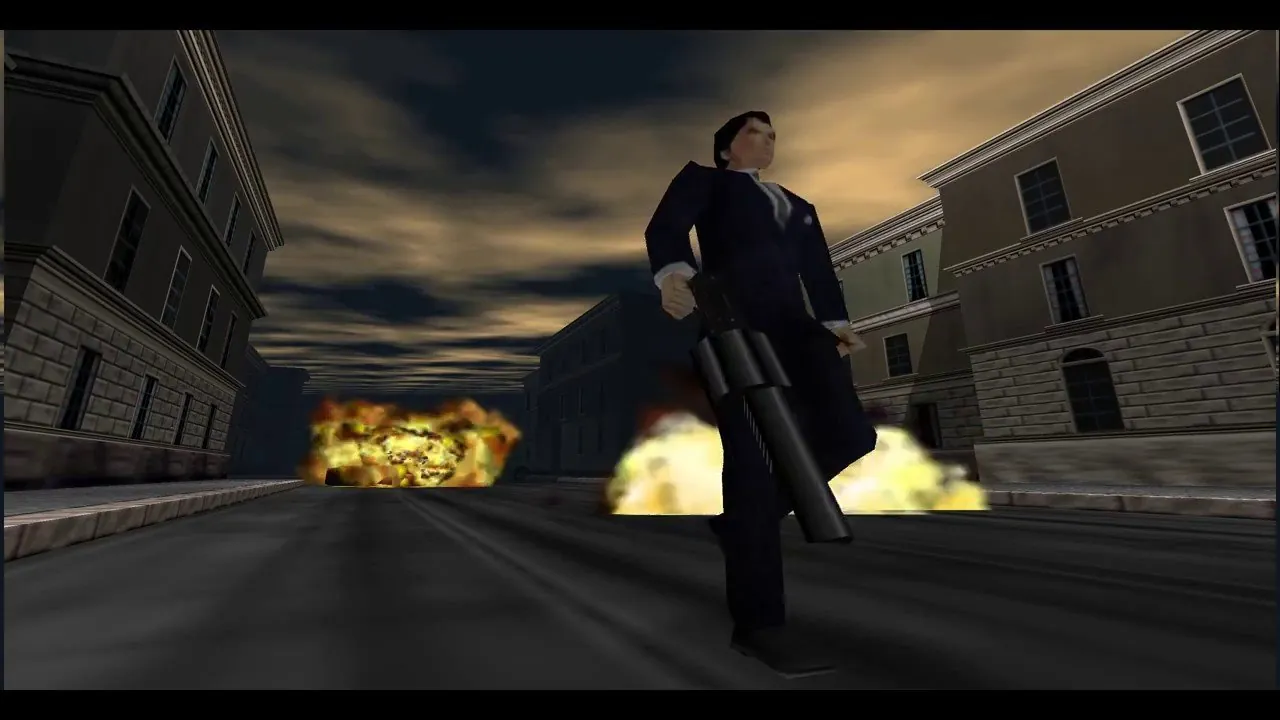Video Games Can't Afford to Look This Good
The gaming industry spent billions pursuing the idea that customers wanted realistic graphics. Did executives misread the market?
Dec. 26, 2024
One way to understand the video game industry's current crisis is by looking closely at Spider-Man's spandex.
For decades, companies like Sony and Microsoft have bet that realistic graphics were the key to attracting bigger audiences. By investing in technology, they have elevated flat pixelated worlds into experiences that often feel like stepping into a movie.
Designers of last year's Marvel's Spider-Man 2 used the processing power of the PlayStation 5 so Peter Parker's outfits would be rendered with realistic textures and skyscraper windows could reflect rays of sunlight.
That level of detail did not come cheap.
Insomniac Games, which is owned by Sony, spent about $300 million to develop Spider-Man 2, according to leaked documents, more than triple the budget of the first game in the series, which was released five years earlier. Chasing Hollywood realism requires Hollywood budgets, and even though Spider-Man 2 sold more than 11 million copies, several members of Insomniac lost their jobs when Sony announced 900 layoffs in February.
Cinematic games are getting so expensive and time-consuming to make that the video game industry has started to acknowledge that investing in graphics is providing diminished financial returns.
"It's very clear that high-fidelity visuals are only moving the needle for a vocal class of g*mers in their 40s and 50s," said Jacob Navok, a former executive at Square Enix who left that studio, known for the Final Fantasy series, in 2016 to start his own media company. "But what does my 7-year-old son play? Minecraft. Roblox. Fortnite."
Joost van Dreunen, a market analyst and professor at New York University, said it was clear what younger generations value in their video games: "Playing is an excuse for hanging out with other people."
When millions are happy to play old games with outdated graphics — including Roblox (2006), Minecraft (2009) and Fortnite (2017) — it creates challenges for studios that make blockbuster single-player titles. The industry's audience has slightly shrunk for the first time in decades. Studios are rapidly closing and sweeping layoffs have affected more than 20,000 employees in the past two years, including more than 2,500 Microsoft workers.
Many video game developers built their careers during an era that glorified graphical fidelity. They marveled at a scene from The Last of Us: Part II in which Ellie, the protagonist, removes a shirt over her head to reveal bruises and scrapes on her back without any technical glitches.
But a few years later, costly graphical upgrades are often barely noticeable.
When the studio Naughty Dog released a remastered version of The Last of Us: Part II this year, light bounced off lakes and puddles with a more realistic shimmer. In a November ad for the PlayStation 5 Pro, an enhanced version of the Sony console that retails for almost $700, the billboards in Spider-Man 2's Manhattan featured crisper letters.
Optimizing cinematic games for a narrow group of consumers who have spent hundreds of dollars on a console or computer may no longer make financial sense. Studios are increasingly prioritizing games with basic graphics that can be played on the smartphones already in everyone's pocket.
"They essentially run on toasters," said Matthew Ball, an entrepreneur and video game analyst, talking about games like Roblox and League of Legends. "The developers aren't chasing graphics but the social connections that players have built over time."
Going Hollywood
Developers had long taught players to equate realism with excellence, but this new toaster generation of g*mers is upsetting industry orthodoxies. The developer behind Animal Well, which received extensive praise this year, said the game's file size was smaller than many of the screenshots used to promote it.
A company like Nintendo was once the exception that proved the rule, telling its audiences over the past 40 years that graphics were not a priority.
That strategy had shown weaknesses through the 1990s and 2000s, when the Nintendo 64 and GameCube had weaker visuals and sold fewer copies than Sony consoles. But now the tables have turned. Industry figures joke about how a cartoony game like Luigi's Mansion 3 on the Nintendo Switch considerably outsells gorgeous cinematic narratives on the PlayStation 5 like Final Fantasy VII Rebirth.








 Hypermuscular Hindu Hridaysamrat
Hypermuscular Hindu Hridaysamrat 


Jump in the discussion.
No email address required.
Journo being r-slurred again
Cost is mostly scale related, it's the 3 gorillion assets, needing ridiculous number of systems like horse peepee physics, Hollywood actor motion capture that drives costs up, not how something looks.
Jump in the discussion.
No email address required.
More detailed assets take longer to make.
Jump in the discussion.
No email address required.
Not with LLMs
Jump in the discussion.
No email address required.
More options
Context
No way, really?
But did you know the more of them you make, the longer it takes?
Jump in the discussion.
No email address required.
More options
Context
More options
Context
More options
Context